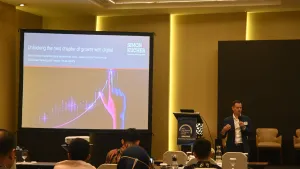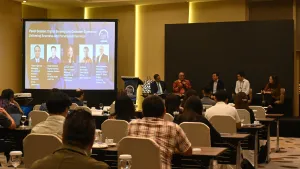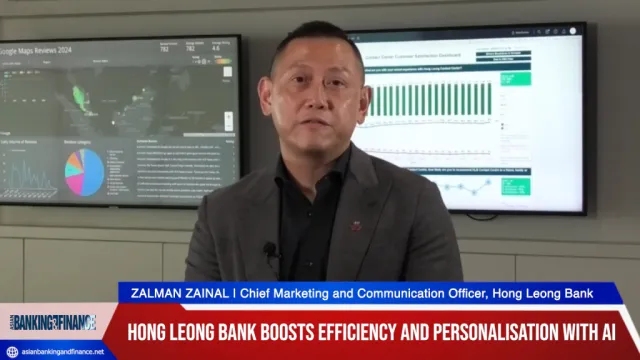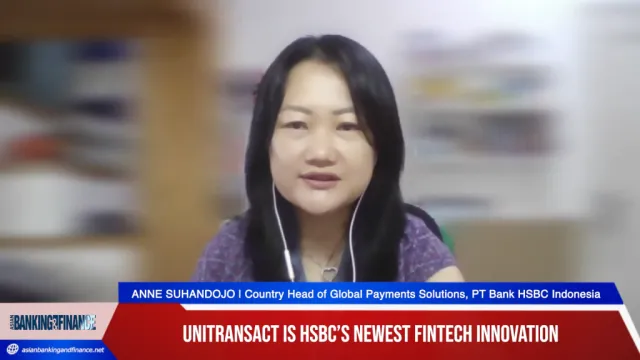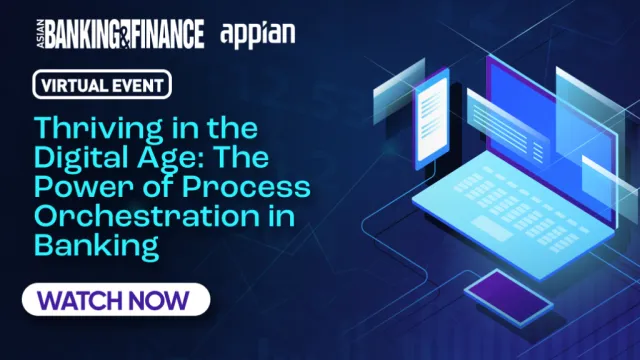How Asia Pacific financial markets can get the most from distributed ledgers
By Thomas Olsen and Frank FordWith all the noise surrounding distributed ledger technology (DLT), you’d expect participants in financial markets in Asia Pacific and elsewhere to be racing full-bore to get ready for it. But many are not. Presented almost daily with new claims about DLT’s disruptive and revolutionary potential, some executives have begun to wonder when they’ll actually begin to see some benefits from the technology.
Financial market participants know DLT is coming. In Asia Pacific and around the world, about 80% of executives at financial institutions surveyed by Bain & Company believe the technology will be transformative, and a similar percentage expect their organisations to begin using it before 2020. Yet, at the same time, they’re hesitant to commit resources now. Among the market participants Bain surveyed, 38% said they’ve adopted a wait-and-see approach to DLT.
What’s holding them back?
First, uncertainty. It is hard to predict the exact timing or path of DLT. There are different types of DLT platforms (public or private, for example) and a wide spectrum of potential applications, from narrow cases such as proxy voting and Know Your Customer (KYC) vetting to broader uses such as post-trade clearing and settlement for equities.
The way DLT evolves in a localised market like Australia, for example, is likely to be different from how it develops in a more connected market like Hong Kong. Much will depend on regulations that are still being formulated. Some regulators, such as the Monetary Authority of Singapore, actively support DLT innovation.
Getting ready for DLT requires substantial investment, and it can involve working through tricky and expensive issues with legacy IT systems. Some firms, in an attempt to preserve near-term competitive positions, are trying to delay industry-wide adoption of DLT.
Yet companies that are willing to be proactive and strategic about DLT, even in such a challenging climate, can gain an edge.
DLT has the potential to broadly affect financial markets, but the most significant near-term impact is likely to be on settlement and clearing. While a trader can now execute a transaction at lightning speed, it can take as long as three days for that transaction to settle. With DLT, execution, clearing, and settlement could occur simultaneously, minimising cost and credit risks. Bain estimates that across global financial markets, annual expense and capital cost savings from DLT could amount to 1-3 basis points of total global assets under management, or about $15 billion to $35 billion.
DLT can eventually also play a role in improving reference data, including benchmark interest rates like Libor, replacing existing survey processes that are opaque and subject to abuse. A DLT-based benchmark-setting mechanism, possibly administered by trading venues and industry-wide utilities, could directly capture data from spot transactions.
Beyond trading, DLT has the potential to change the way firms interact with their clients in areas such as proxy voting, digital identity management and KYC. Broadridge, a global leader in proxy communication services, is developing a system to help make US proxy voting more efficient, secure, and transparent.
As financial markets evolve with respect to DLT, companies will face game theory-type decisions. If they promote the early adoption of DLT across the ecosystem, they may benefit, but they may also end up disrupting their own economics and competitive positions. Yet if they’re slow to embrace DLT, they run the risk of being left behind.
The most valuable DLT innovations can’t be developed in isolation; they require collaboration among participants, exchanges, and regulators. With so many participants involved across so many jurisdictions and asset classes, the adoption process will be messy and piecemeal — and this is the heart of the challenge. It may make more sense to share the costs as well as the benefits through industry utilities.
One way or another, firms that want to reap the benefits of DLT will have to make significant changes to their processes, policies, and IT architecture. As part of their efforts to make their IT systems ready for digital, leading companies are taking some of the preparatory steps that will be necessary for DLT.
Once a company has a perspective on how DLT is likely to evolve in the areas in which it does business, it can develop a systematic approach and a multi-year roadmap.
Whether a company prospers or flounders in the DLT-dominated markets of the future will depend, in large measure, on strategic decisions it makes today. Once a firm defines a DLT-readiness posture and a high-level roadmap, its next step is to outline specific no-regrets initiatives. Many of the investments a firm makes, especially in IT, can bring benefits regardless of the pace or shape of DLT adoption.
Those market participants that thrive with DLT will spend less energy on making excuses for inaction and more on developing a strategic and longer-term approach that’s consistent with who they are, what they do, and where they operate. They’ll focus on driving themselves and the entire industry toward a more efficient ecosystem. The winners in DLT will be those that push the pace of change, rather than resist it.














 Advertise
Advertise

